Joy, relief as exodus from Wuhan begins
Various restrictions on movement within the sprawling metropolis will remain in place to guard against a second wave of infections.
Voicing joy and excitement from behind face masks, tens of thousands of people fled Wuhan on Wednesday after a 76-day travel ban was lifted on the Chinese city where the coronavirus first emerged.
Previously quiet train and bus stations bustled as an exodus began from the city of 11 million, with some passengers wearing hazmat suits.
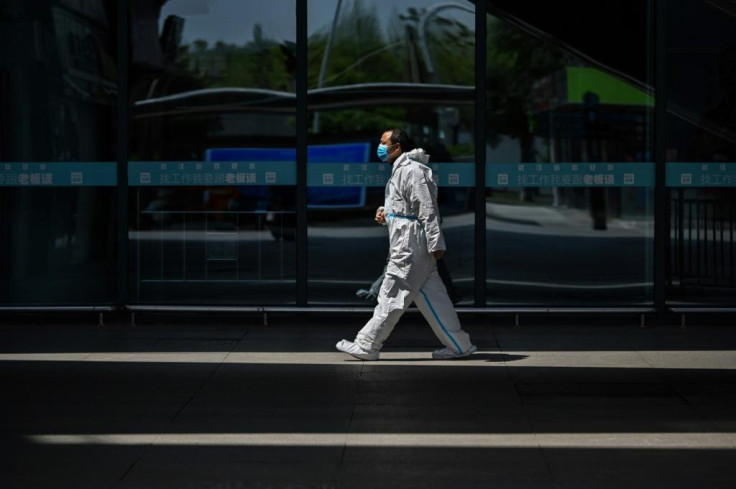
Hao Mei, a single parent from the nearby city of Enshi, said her two children had been home alone since she got stuck in Wuhan, where she works in a school kitchen.
"You have no idea! I was already up around 4 am. I felt so good. My kids are so excited. Mum is finally coming home," the 39-year-old told AFP as she waited to board a train.
"At the start of the lockdown, I cried every night. I was really miserable, because my little girl is still young, she's only 10."
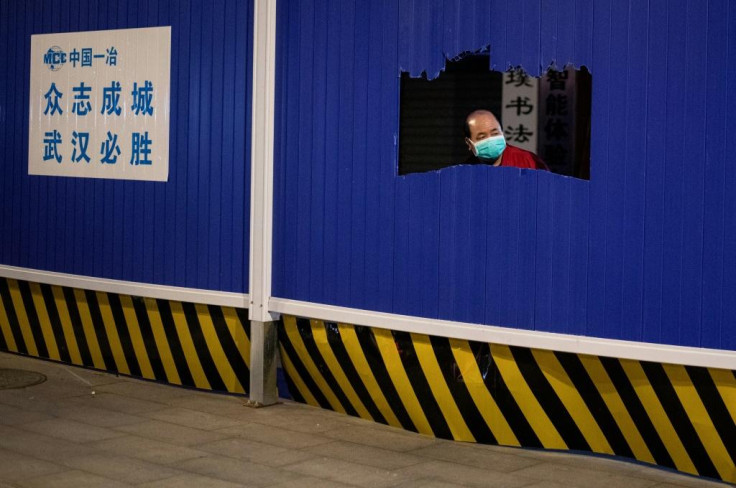
Up to 55,000 people are expected to leave Wuhan on Wednesday just by train, according to government estimates.
Steady streams of cars were on the roads heading out of the city Wednesday morning, after barricades on its outskirts were dismantled with the ban on outbound travel being lifted at midnight.
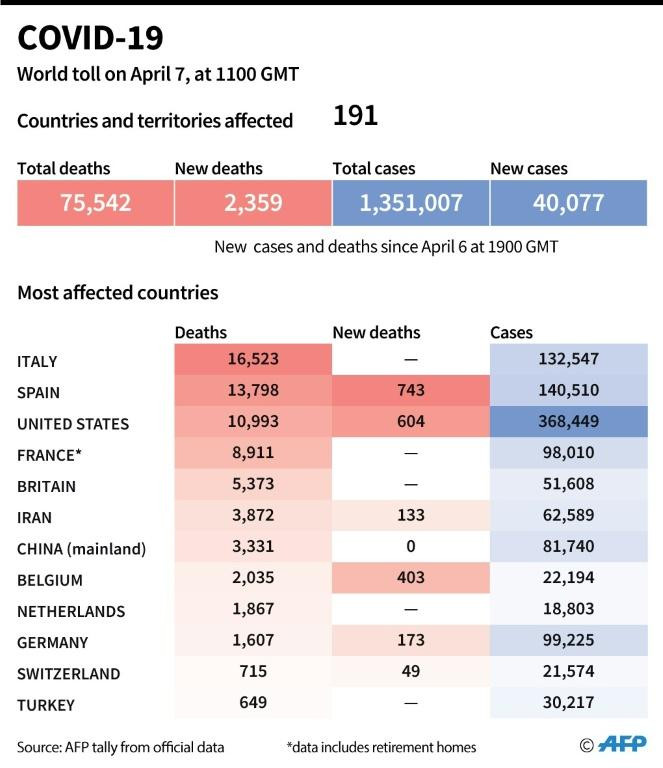
Ferries, trams and taxis resumed operations and the airport also opened again for domestic flights, with queueing passengers in protective wear wheeling cases.
State news agency Xinhua said there would be around 200 inbound and outbound flights leaving the city on Wednesday.
A group of medics leaving Wuhan hugged their colleagues from the city goodbye as they prepared to board flights home.

Wuhan led the world with an unprecedented quarantine lockdown on January 23 in a bid to stop the spread of the then-mysterious respiratory virus.
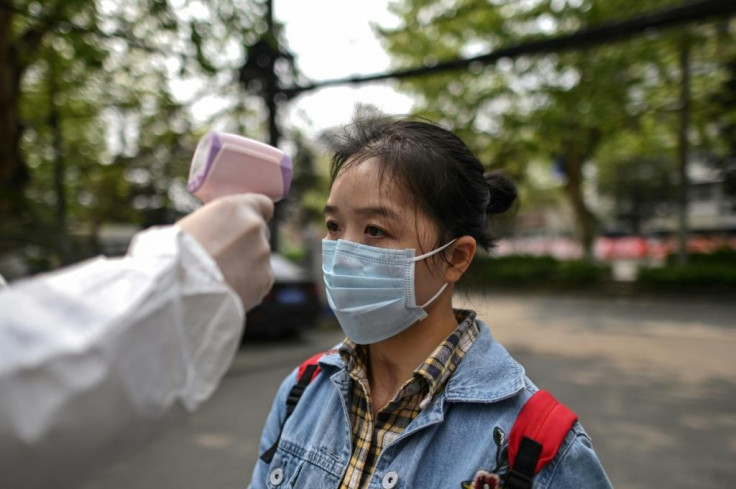
Chinese disease control officials said in January that the virus likely leapt from wildlife to humans at a Wuhan market that sold wild animals for food.
The rest of surrounding Hubei province quickly followed Wuhan, cutting tens of millions of people off from the world.

As the virus spread rapidly around the globe, many countries imposed similar draconian measures that have forced around half of humanity into some form of lockdown.
But while the pandemic continues to worsen in many other parts of the world, with the global death toll surpassing 80,000, the quarantine measures have appeared to pay off in Wuhan and other parts of China.
Its officially reported number of deaths and overall infections has plummeted in recent weeks.
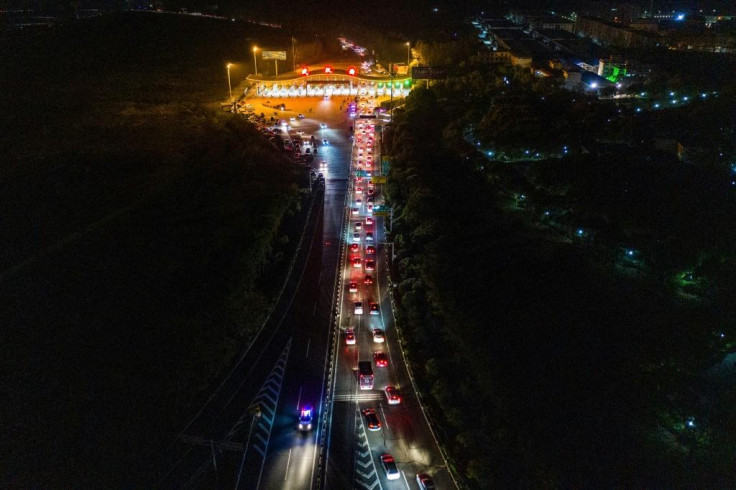
China's ruling Communist Party -- accused of a slow-footed response and an initial attempt to cover up the outbreak -- has portrayed its subsequent containment efforts as a huge success.
"Wuhan deserves to be called the city of heroes," blared an announcement on one of the city's train station PA systems on Wednesday.
"Wuhan has lost a lot in this epidemic, and Wuhan people have paid a big price," a 21-year-old man surnamed Yao, who was heading back to his restaurant job in Shanghai, told AFP.
"Now that the lockdown has been lifted, I think we're all pretty happy."
Restrictions began to be eased for residents of Hubei, which has suffered the majority of China's officially reported 3,300 deaths, about two weeks ago.
Authorities, however, waited until Wednesday to allow normal traffic out of Wuhan amid lingering fears elsewhere in China that people from the city pose a risk.
Those fears were clearly evident throughout Wuhan despite the buzz of excitement.
At the city's Hankou train station, a robot whizzed through crowds of passengers, spraying their feet with disinfectant and playing a recorded message reminding them to wear face masks.
Passengers also had to submit to temperature checks and show a green "health code" on their phone, meaning they are considered healthy, allowing them to travel.
Part of the "health code" approval is based on their neighbourhood having been declared virus-free.
Many travellers from Wuhan will also face two-week quarantines in their destination provinces.
Eastern Zhejiang province said it will make all arrivals from Wuhan for the next two weeks have a nucleic acid test for the virus.
Various restrictions on movement within the sprawling metropolis will also remain in place to guard against a second wave of infections.
The state-run People's Daily newspaper warned Wednesday that opening up "does not mean releasing control".
Wuhan public security bureau official Yan Qiangsheng told reporters Wednesday that "lifting the lockdown doesn't mean stopping the anti-virus measures we have in place."
Government estimates said nearly half the people expected to leave Wednesday were bound for the southern economic powerhouse of Guangdong province, a magnet for migrant workers.
Copyright AFP. All rights reserved.
This article is copyrighted by International Business Times, the business news leader





















